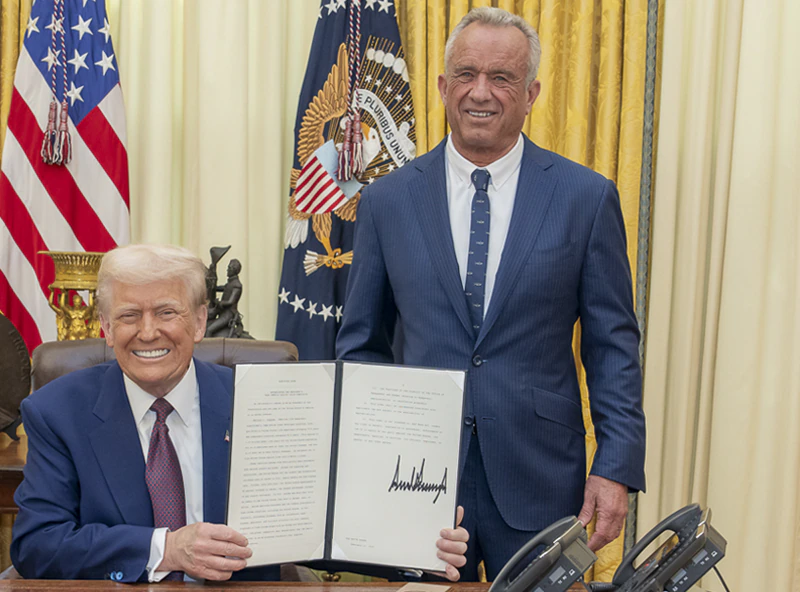Over 110 million animals die each year after enduring the excruciating pain researchers put them through. They don’t get to experience a normal life; they are typically euthanized when they are no longer needed for experimentation.
Animal testing is a process of experimenting products like cosmetics, cleaning products, and medicine on animals before they are sold to the public to make sure they are safe for human use. The outdated practice discards how animals feel — they are tortured and mistreated.
Aalia Rathod is a freshman who feels passionately about animal advocacy.
“It is sad because the animals have to suffer for human products,” Rathod said.
The animals are seen as an object, instead of a living being. Animal testing isn’t limited to just rats. In fact, rabbits, cats and dogs are often tested on. Chimpanzees, who are also tested on, are ranked the 3rd smartest animals in the world according to AZ Animals.
People commonly argue that animal testing is essential: how would we make sure products are safe without it?
Surprisingly, results yielded by animal testing are often found to be inconsistent. A study conducted in 2006 found that treatments in animals hardly ever worked for humans.
Animal testing is terrible for the environment, too. The use of and disposal of animals, as well as the types of chemicals used throughout the research process, contribute to pollution.
Technology is advancing and alternative methods like human cell replication and models to simulate human systems are becoming more accessible.
Sarah Kann shares the substitutes for animal experimentation that she mentioned in an essay she previously wrote about animal testing.
“[There is] human cell and tissue based testing, human volunteers, and models to [simulate] the reaction,” Kann said.
These methods, that translate directly to human reactions, are more reliable and are continually being improved.
When donating to charities, it is also important to know what their funding is used for. Places like the American Cancer Society and March of Dimes use a percentage of their funding (received donations) on animal testing, when instead they should be investing in up-and-coming alternatives.
Instead, try supporting places that work to improve animal welfare. This could include PETA, The Humane League, ASPCA, and the list continues.
It is easy to check if a product is cruelty-free. You can do a quick google search on your phone or look at the package. The PETA bunny symbol, as well as the Leaping Bunny symbol and Choose Cruelty Free bunny symbol, mark products that have been certified by some of the most widespread and well known animal welfare or advocacy organizations.
These bunnies, that appear on the back or bottom product, indicate varying standards of cruelty-free.
Simply putting your focus on cruelty-free brands or spreading awareness about the issue would be substantial. Purchasing cruelty-free products also reduces the environmental footprint that it takes to create the product.
Here is a list of brands that test on animals.








